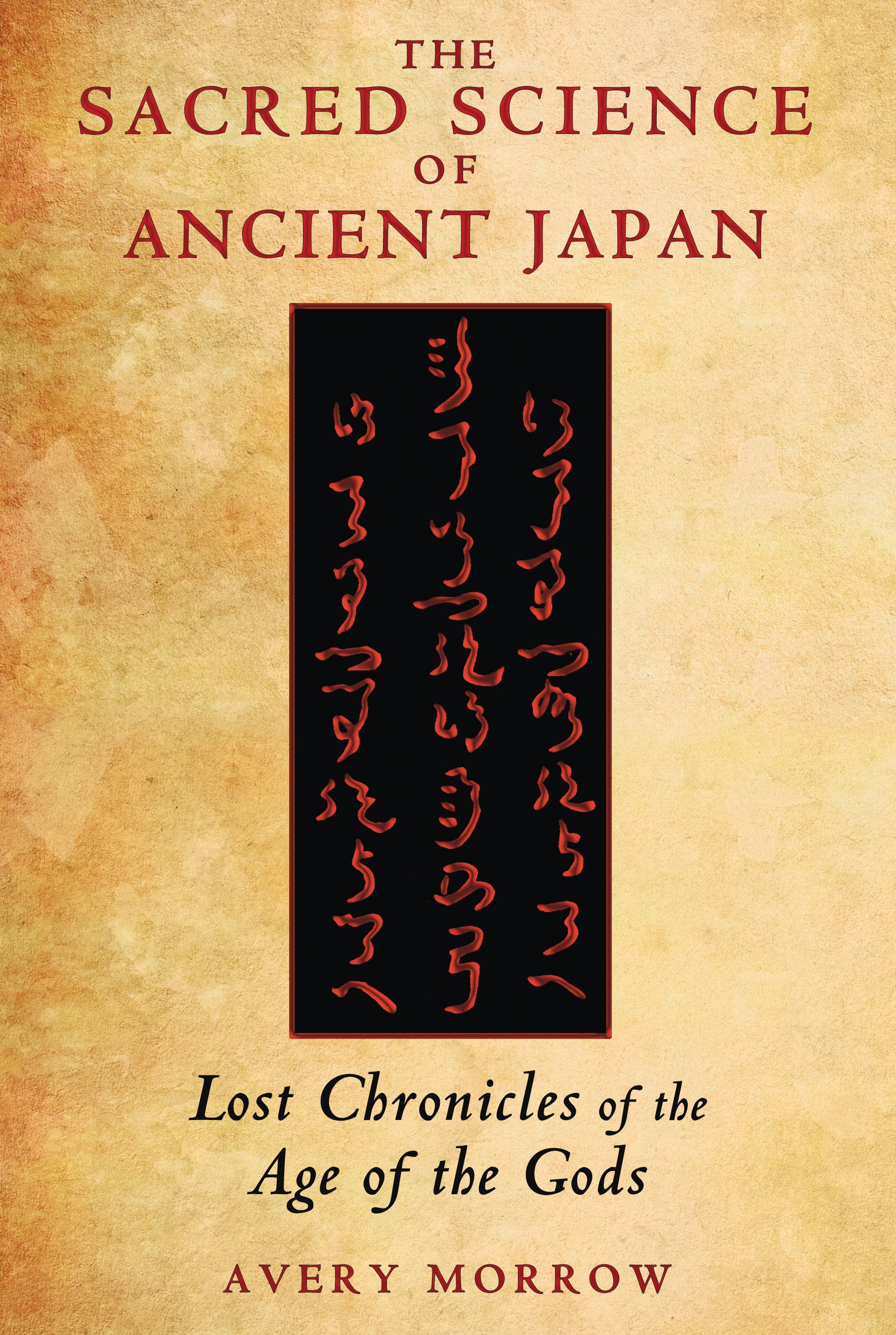Plus get our latest book recommendations, author news, and competitions right to your inbox.
Published by Bear & Company
Distributed by Simon & Schuster
Table of Contents
About The Book
The first English translation and examination of secret Japanese writings dating from the paleolithic to classical eras
• Examines four suppressed and secret texts to discover the deeper truths beneath Japanese mythology
• Introduces evidence of ancient civilizations in Japan, the sacred geometry of primitive times, and claims of a non-Earthly origin of the Emperors
• Explores how these texts convey the sacred spiritual science of Japan’s Golden Age with parallels in ancient India, Europe, and Egypt
In Japan there are roughly two dozen secret manuscripts originally dating back to the paleolithic era, the age of heroes and gods, that have been handed down by the ruling families for centuries. Rejected by orthodox Japanese scholars and never before translated into English, these documents speak of primeval alphabets, lost languages, forgotten technologies, and the sacred spiritual science. Some even refer to UFOs, Atlantis, and Jesus coming to Japan.
Translating directly from the original Japanese, Avery Morrow explores four of these manuscripts in full as well as reviewing the key stories of the other Golden Age chronicles. In the Kujiki manuscript Morrow uncovers the secret symbolism of a Buddhist saint and the origin of a modern prophecy of apocalypse. In the Hotsuma Tsutaye manuscript he reveals the exploits of a noble tribe who defeated a million-strong army without violence. In the Takenouchi Documents he shows us how the first Japanese emperor came from another world and ruled at a time when Atlantis and Mu still existed. And in the Katakamuna Documents the author unveils the sacred geometries of the universe from the symbolic songs of the 10,000-year-old Ashiya tribe. He also discusses the lost scripts known as the Kamiyo Moji and the magic spiritual science that underlies all of these texts, which enabled initiates to ascend to higher emotional states and increase their life force.
Taking a spiritual approach à la Julius Evola to these “parahistorical” chronicles, Morrow shows how they access a higher order of knowledge and demonstrate direct parallels to many ancient texts of India, Europe, and Egypt.
• Examines four suppressed and secret texts to discover the deeper truths beneath Japanese mythology
• Introduces evidence of ancient civilizations in Japan, the sacred geometry of primitive times, and claims of a non-Earthly origin of the Emperors
• Explores how these texts convey the sacred spiritual science of Japan’s Golden Age with parallels in ancient India, Europe, and Egypt
In Japan there are roughly two dozen secret manuscripts originally dating back to the paleolithic era, the age of heroes and gods, that have been handed down by the ruling families for centuries. Rejected by orthodox Japanese scholars and never before translated into English, these documents speak of primeval alphabets, lost languages, forgotten technologies, and the sacred spiritual science. Some even refer to UFOs, Atlantis, and Jesus coming to Japan.
Translating directly from the original Japanese, Avery Morrow explores four of these manuscripts in full as well as reviewing the key stories of the other Golden Age chronicles. In the Kujiki manuscript Morrow uncovers the secret symbolism of a Buddhist saint and the origin of a modern prophecy of apocalypse. In the Hotsuma Tsutaye manuscript he reveals the exploits of a noble tribe who defeated a million-strong army without violence. In the Takenouchi Documents he shows us how the first Japanese emperor came from another world and ruled at a time when Atlantis and Mu still existed. And in the Katakamuna Documents the author unveils the sacred geometries of the universe from the symbolic songs of the 10,000-year-old Ashiya tribe. He also discusses the lost scripts known as the Kamiyo Moji and the magic spiritual science that underlies all of these texts, which enabled initiates to ascend to higher emotional states and increase their life force.
Taking a spiritual approach à la Julius Evola to these “parahistorical” chronicles, Morrow shows how they access a higher order of knowledge and demonstrate direct parallels to many ancient texts of India, Europe, and Egypt.
Product Details
- Publisher: Bear & Company (January 24, 2014)
- Length: 224 pages
- ISBN13: 9781591431701
Browse Related Books
Raves and Reviews
“Avery Morrow’s book does more than reveal an unsuspected lineage of Japanese esotericism; it gives us a new term for a genre long known in the West--‘parahistory.’ Using the Traditionalists René Guénon and Julius Evola as reference points, Morrow shows that parahistorical texts, whether ancient, pseudo-ancient, or modern, draw on a common fund of memory, or imagination. For anyone interested in the New Archaeology or the debate over Atlantis and other prehistoric high cultures, this work of inspired scholarship is essential reading.”
– Joscelyn Godwin, Ph.D., professor of music at Colgate University and author of Atlantis and the Cycl
Resources and Downloads
High Resolution Images
- Book Cover Image (jpg): The Sacred Science of Ancient Japan Trade Paperback 9781591431701




